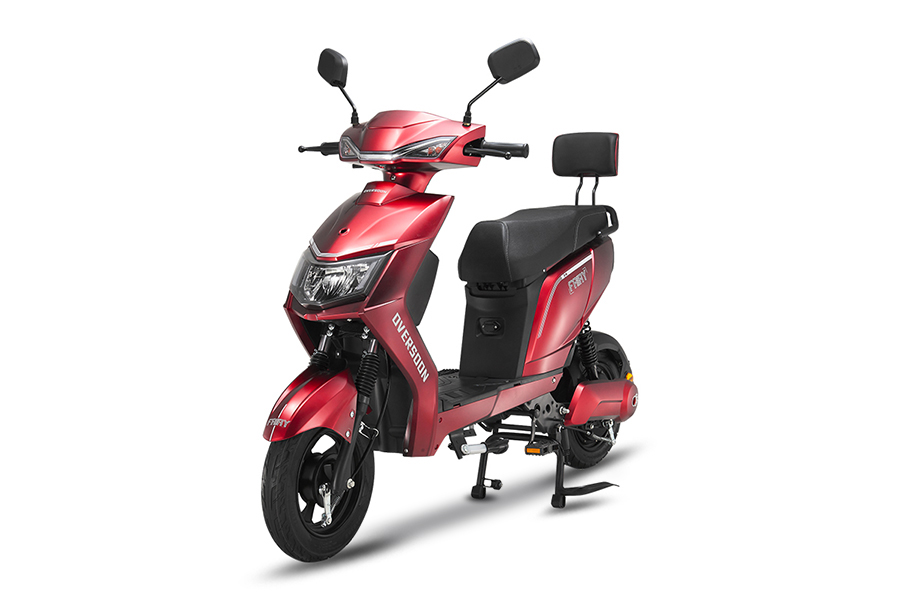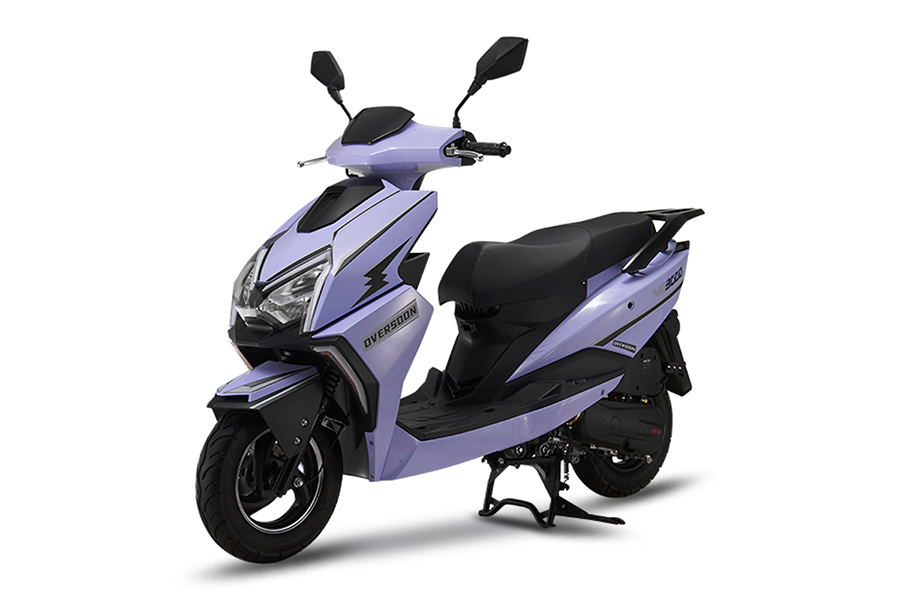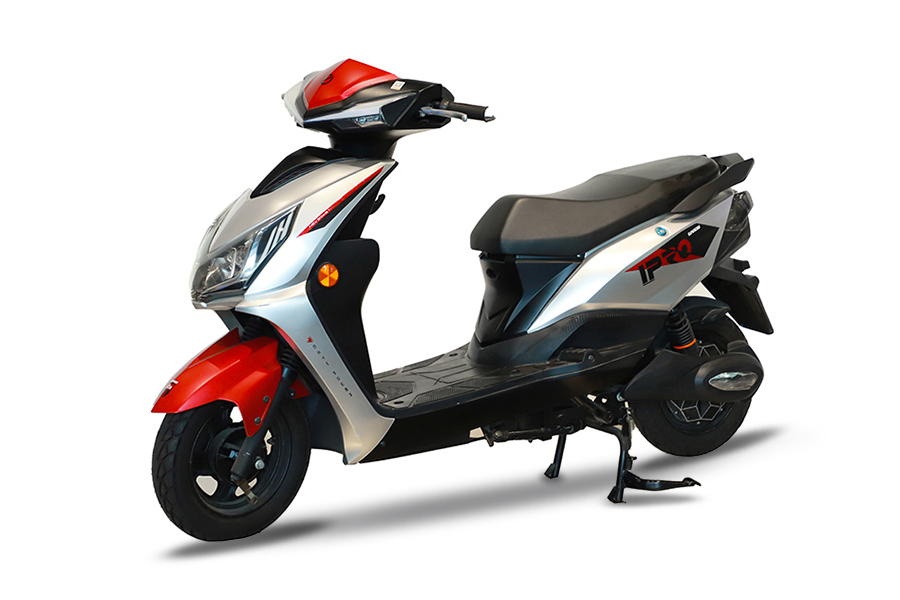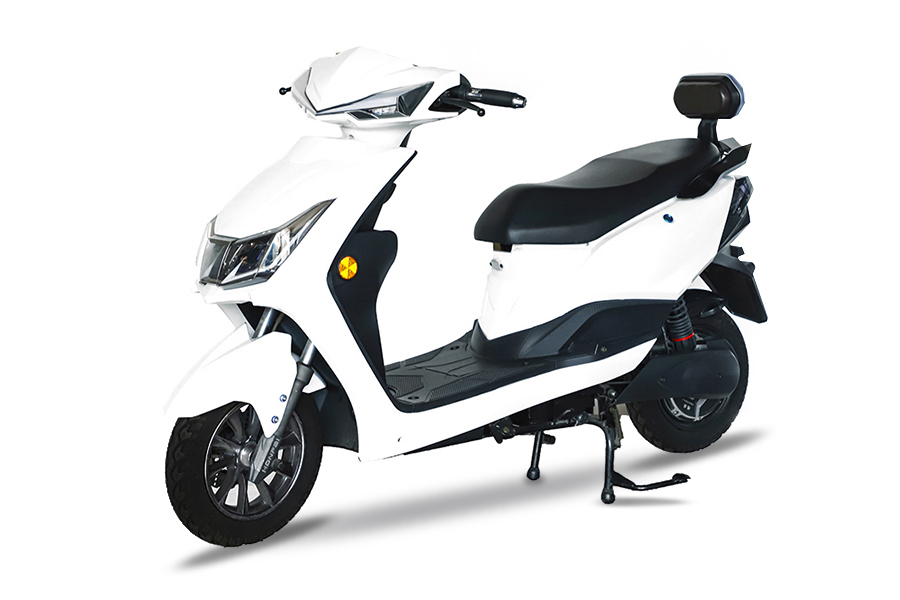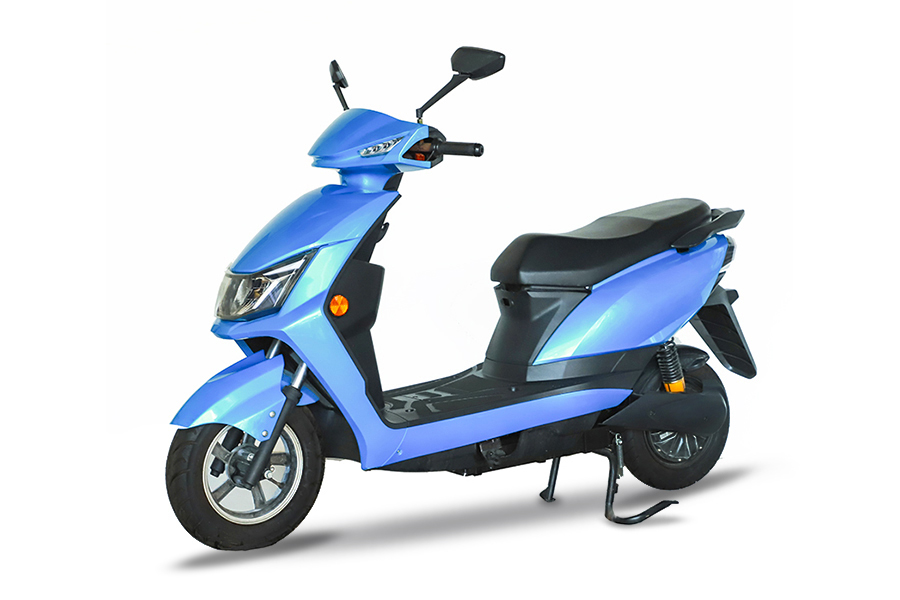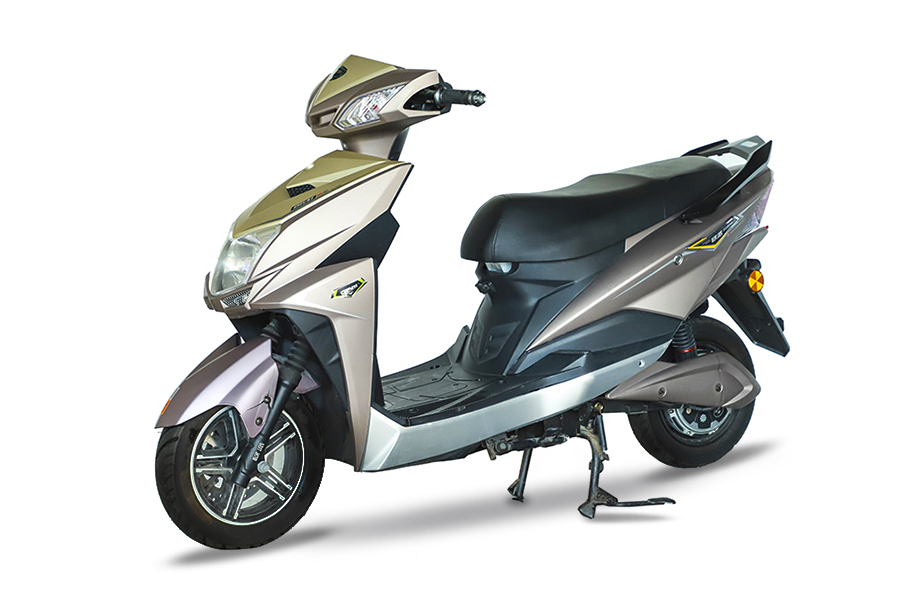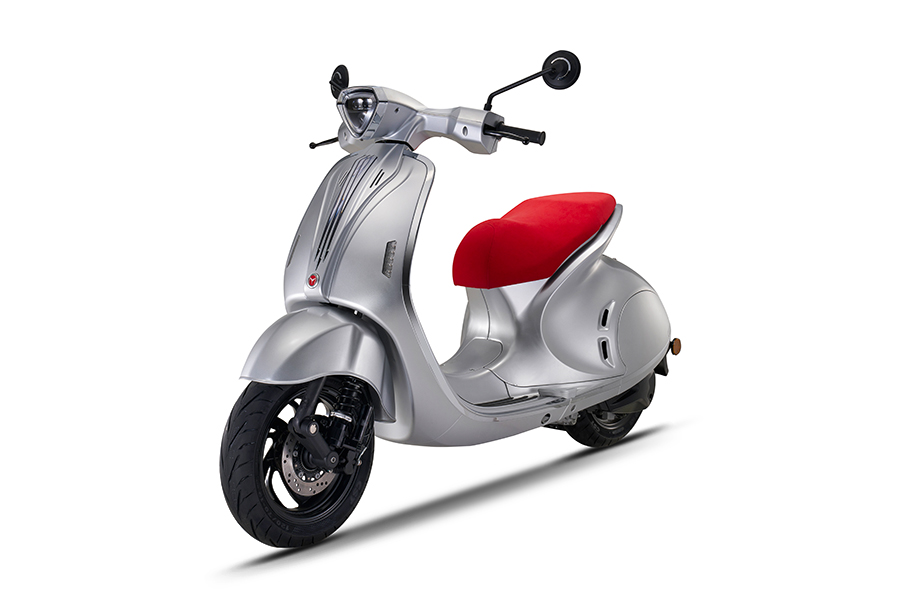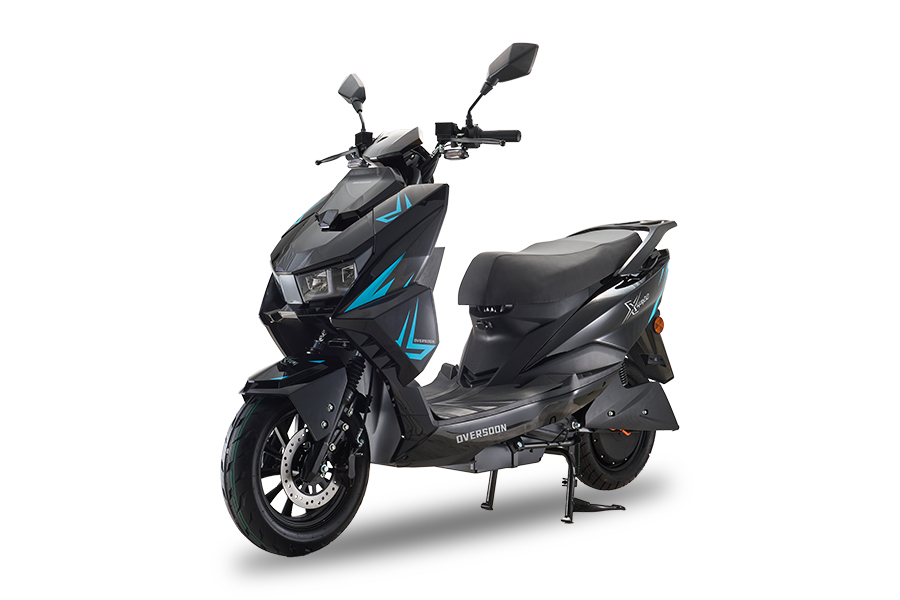Electric scooters have taken the urban mobility scene by storm, offering a greener and more agile alternative to traditional transportation methods. As cities around the world grapple with traffic congestion and environmental concerns, electric scooters have emerged as a popular choice for short-distance travel. This article will examine the rise of electric scooters, their impact on urban transportation, and the challenges and opportunities they present.
The electric scooter revolution began with the introduction of dockless models by companies like Lime and Bird. These electric scooters, available for rent through smartphone apps, quickly became a staple of city streets. Their popularity has been fueled by their affordability, ease of use, and the convenience they offer in navigating congested urban environments.
Electric scooters have had a significant impact on urban transportation. They provide a quick and efficient way to cover short distances, reducing reliance on cars and public transport. This has led to a decrease in traffic congestion and a reduction in carbon emissions, contributing to a greener urban environment.
The market for electric scooters is booming, with numerous manufacturers entering the fray. From established brands like Segway-Ninebot to startups like Unagi, the variety of electric scooters available is vast. Models range from compact, foldable designs for easy storage to high-performance scooters with top speeds of up to 30 mph.
Despite their benefits, electric scooters have raised safety concerns. Accidents involving electric scooters have been on the rise, prompting cities to implement regulations. These include mandatory helmet laws, designated parking areas, and speed limits. Manufacturers are also incorporating safety features such as better lighting, improved braking systems, and more robust frames.
As electric scooters become more prevalent, cities are grappling with how to regulate their use. Some have implemented licensing systems, while others have banned them altogether due to safety and sidewalk clutter concerns. The industry is working closely with regulators to develop standards that ensure the safe and responsible use of electric scooters.
The future looks bright for electric scooters. With advancements in battery technology, we can expect longer ranges and faster charging times. Additionally, the integration of electric scooters with public transportation systems could create seamless multi-modal commuting options.
The electric scooter industry has attracted significant investment, with venture capitalists and tech giants alike recognizing the potential of this market. This influx of capital is driving innovation, with companies developing new models and features to stay competitive. From self-balancing scooters to AI-powered navigation systems, the possibilities are endless.
Electric scooters are more than just a passing trend; they represent a fundamental shift in how we approach urban mobility. As cities continue to grow and evolve, electric scooters are poised to play a crucial role in shaping the future of transportation. With ongoing innovation and the right regulatory framework, electric scooters can offer a sustainable, efficient, and enjoyable way to navigate our urban environments.

 English
English Español
Español